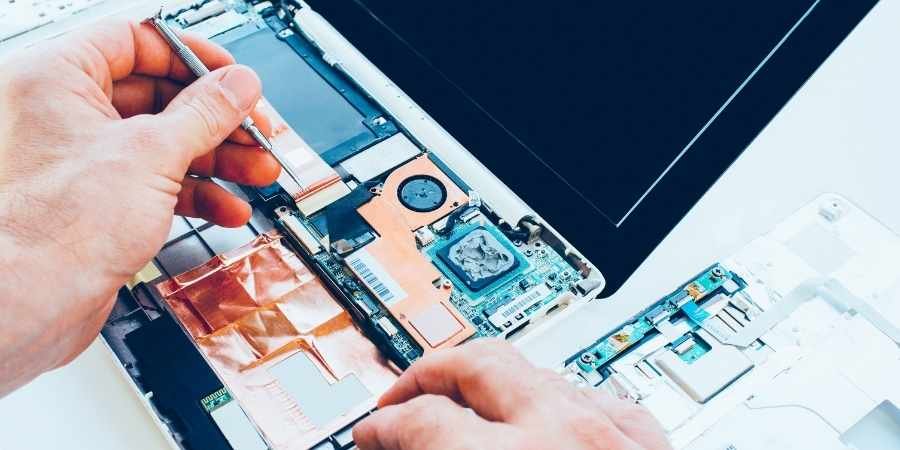In today’s data-driven world, edge computing has become critical for industries that can’t afford downtime or lag—like defense, manufacturing, logistics, and energy. But operating in edge environments, from offshore rigs to battlefield zones, requires more than fast data. It demands hardware that performs under pressure.
That’s where rugged tech comes in. These aren’t your average desktops or off-the-shelf tablets. Rugged systems are engineered to withstand extreme temperatures, shock, vibration, dust, and moisture. And with edge deployments on the rise, durable and dependable hardware like a high-performance mission computer is now an essential part of the tech stack.
Why Edge Environments Need Specialized Gear
Edge computing brings computation closer to where data is created, reducing latency and enabling real-time analysis. But unlike data centers, edge environments can be unpredictable and physically demanding.
According to IDC, by 2025, 50% of new enterprise IT infrastructure will be deployed at the edge rather than in centralized data centers. That trend makes it clear: as more industries rely on edge networks, more ruggedized tools are needed to support them.
From military vehicles to autonomous farming equipment, edge devices must be built to last.
Key Features of Rugged Tech That Matter Most
Not all rugged tech is created equal. Depending on your use case, you’ll want to evaluate the gear based on how well it handles specific stressors. Look for these characteristics in any system meant for edge deployment:
- Ingress protection (IP) rating – Ensures resistance to dust and water
- Wide operating temperature range – Essential for desert, arctic, or industrial settings
- Shock and vibration resistance – Important for vehicles, aircraft, or heavy equipment
- Fanless cooling design – Reduces failure rates in dusty or sandy environments
- MIL-STD-810 compliance – Military-grade standards for environmental resilience
- Long lifecycle support – Avoids frequent replacements and downtime
Hardware that meets these standards isn’t just durable—it’s reliable. That reliability is what allows teams to work confidently in the field without fear of sudden failure.
Common Use Cases Across Industries
Whether you’re managing an oil rig or coordinating logistics in a war zone, rugged computers and mission systems play a central role in operational efficiency.
Here are a few key sectors making heavy use of edge-optimized gear:
- Defense – Mission computers help drive communications, vehicle diagnostics, and situational awareness
- Mining and Energy – Rugged tablets and processors run monitoring systems in remote and hazardous zones
- Transportation and Fleet Management – Onboard systems track assets, manage fuel efficiency, and coordinate logistics
- Manufacturing – Edge tech supports factory floor automation in environments with high heat and vibration
- Public Safety and Emergency Response – First responders need mobile gear that works in all weather and terrain
Edge deployments often lack the luxury of tech support or replacement parts, which is why field-ready performance matters as much as specs.
What to Look for in a Mission Computer
For critical operations, the mission computer is the brain of the system. It has to handle high data throughput, interface with multiple devices or sensors, and remain stable in any condition.
When choosing a solution, make sure it checks the following boxes:
- Customizable I/O and power options
- Low-latency processing for real-time decisions
- Compact size for embedded or mobile applications
- Compliance with both civilian and military standards
- Backed by lifecycle support and field service availability
Whether you’re outfitting an unmanned vehicle or a mobile command center, the right mission computer allows your applications to run reliably and securely, wherever they go.
Final Thoughts
Edge computing is expanding, but it’s only as effective as the hardware behind it. Standard devices can’t take the heat—literally or figuratively. Investing in rugged, edge-ready systems helps ensure that your team stays productive, your data stays protected, and your operations don’t stall when conditions get tough.
As demand grows across industries, rugged systems like a mission computer are no longer optional—they’re operational priorities. It’s time to stop adapting fragile tech to harsh environments and start building with gear designed to thrive in them.






